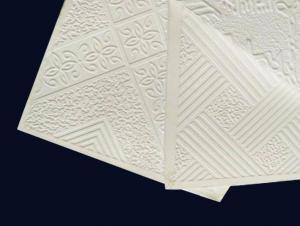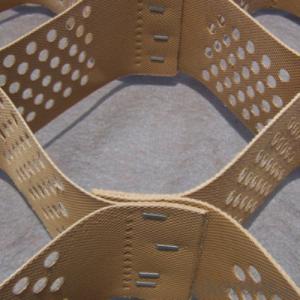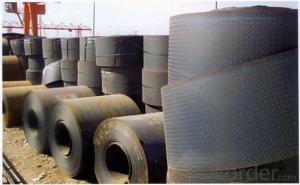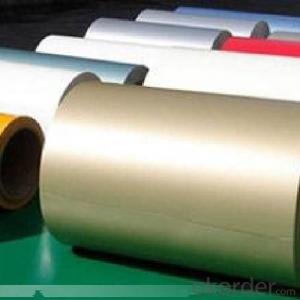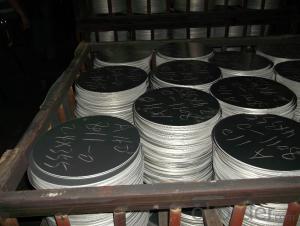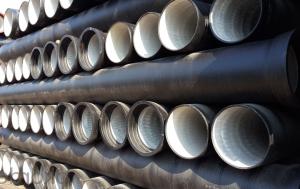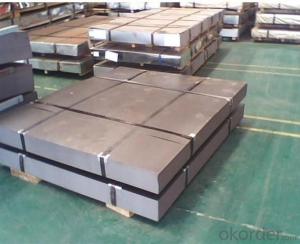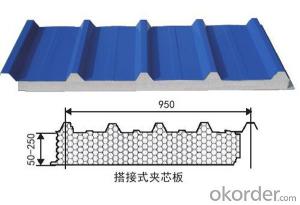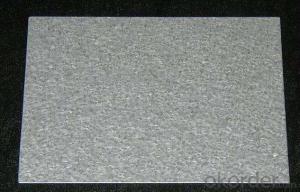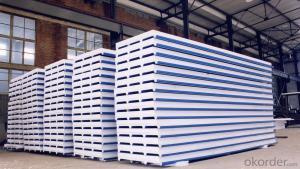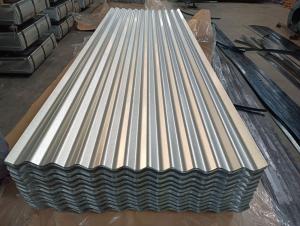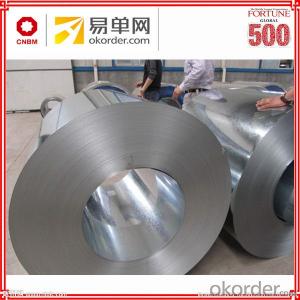Thickness Of Checkered Plate
Thickness Of Checkered Plate Related Searches
Shiny Or Dull Side Of Aluminum Foil For Cooking Inverter For 100w Solar Panel Solar Panel Inverter For Rv Pvc Tiles For Walls Wall Lights For Bedrooms Inverter Ac With Solar Panel Solar Panel With Inverter Kit Solar Panel Kits With Inverter Solar Panel With Inverter Direct Roving For PultrusionHot Searches
Type Of Inverter For Solar Price Of Shipping Containers For Sale Types Of Inverter For Solar Used Sandwich Panel For Sale Bags Of Cement For Sale Pvc Chairs For Sale Tilt Panel Props For Sale Types Of Temporary Side Panels For Cement Deck Cost Of Awnings For Decks Type Of Scaffolding With Pdf Price Of Scrap Stainless Steel Price Of Stainless Steel Scrap Price Of Stainless Steel Type Of Stainless Steel Types Of Stainless Steel Grades Types Of Stainless Steel China Aluminum Coil Factory pvc pipe manufacturers in usa Sandwich Panel Price In India Aluminum Corp Of China StockThickness Of Checkered Plate Supplier & Manufacturer from China
Okorder.com is a professional Thickness Of Checkered Plate supplier & manufacturer, offers integrated one-stop services including real-time quoting and online cargo tracking. We are funded by CNBM Group, a Fortune 500 enterprise and the largest Thickness Of Checkered Plate firm in China.Hot Products
FAQ
- The minimum thickness of a steel sheet depends on various factors, including the specific grade of steel being used, the intended application, and the manufacturing process. However, in general, steel sheets can be produced with thicknesses ranging from as thin as 0.4 millimeters (0.016 inches) to several millimeters thick. It is important to note that thinner steel sheets are typically used for applications that require flexibility and lightness, such as automotive body panels or electrical enclosures, while thicker sheets are employed for structural purposes, such as construction materials or heavy machinery components. Ultimately, the minimum thickness of a steel sheet is determined by the specific requirements of the project or application.
- Steel sheets typically have a lifespan of 20 to 30 years, although this can vary depending on factors such as the quality of the steel, maintenance, and exposure to environmental conditions.
- Yes, steel sheets can be used for roofing purposes. Steel roofing sheets are commonly used in commercial and industrial buildings, as well as residential homes. They are known for their durability, longevity, and resistance to harsh weather conditions such as rain, snow, and wind. Steel sheets are available in various profiles and finishes, allowing for customization to suit different architectural styles and design preferences. Additionally, steel roofing is lightweight, fire-resistant, and often made from recycled materials, making it an environmentally friendly roofing option. Overall, steel sheets are a popular choice for roofing due to their strength, versatility, and aesthetic appeal.
- Yes, steel sheets can be used for automotive exhaust systems. Steel is a commonly used material for exhaust systems due to its durability, heat resistance, and cost-effectiveness. Steel sheets are often formed and welded to create the necessary components of an exhaust system, such as pipes, mufflers, and catalytic converters.
- Steel sheets are resistant to oil or grease in general. Steel is renowned for its durability and ability to withstand different chemicals, such as oil and grease. Due to the sleek surface of steel sheets, it becomes challenging for substances like oil or grease to stick to them, which facilitates effortless cleaning and maintenance. Moreover, if necessary, steel sheets can undergo additional treatment or be coated with protective substances to enhance their resistance to oil or grease.
- What are the driving methods for steel sheet piles?
- Common vibration hammer, manipulator and static pressFor more information, look at my company's website in my profile
- Steel sheets are tested for quality and performance through a variety of methods, including visual inspection, dimensional checks, mechanical testing, and chemical analysis. Visual inspection ensures that the surface is free from defects such as cracks, scratches, or unevenness. Dimensional checks verify that the sheet meets the required thickness, width, and length specifications. Mechanical testing involves subjecting the sheet to various stress tests to determine its strength, ductility, and resistance to deformation. Chemical analysis is performed to assess the composition of the steel, ensuring it meets the required standards and specifications. These tests collectively help ensure that the steel sheets meet the necessary quality and performance standards for their intended applications.
- The maximum temperature resistance of steel sheets is dependent on the specific type of steel and its composition. Stainless steel, in general, exhibits good heat resistance and can endure temperatures up to approximately 1200 degrees Celsius (2200 degrees Fahrenheit) while maintaining its strength and structural integrity. Conversely, high carbon steels can tolerate temperatures up to around 900 degrees Celsius (1650 degrees Fahrenheit) before experiencing a decline in their mechanical properties. It should be noted that these temperature limits are approximate and subject to variation based on factors such as exposure duration, the presence of other elements or impurities in the steel, and the specific application of the steel sheets. Consequently, it is always prudent to refer to the manufacturer's specifications or conduct further research to ascertain the precise maximum temperature resistance of a specific type of steel sheet.








